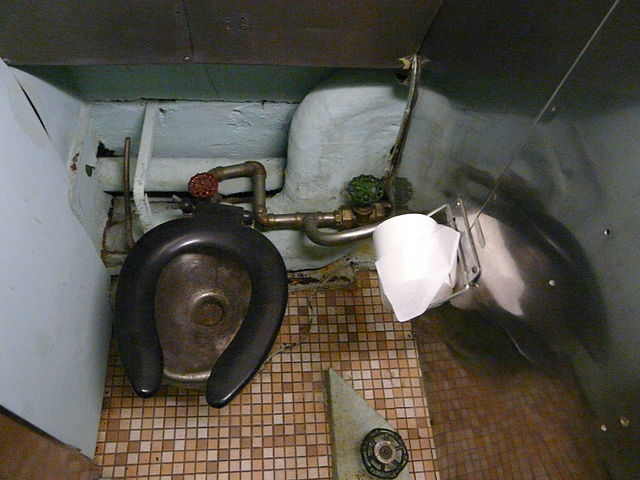WATERPROOF THE SHOWER WALL
When it comes to interior fittings, some people can save tired euros by taking things into their own hands. Even in the bathroom a lot is possible! It’s true that plumbing maintenance on water pipes and electrical installation belong in experienced hands. But there is no reason why you shouldn’t build your own shower, for example.
The most important step is a very inconspicuous one, as it will only become an issue later if you have done it wrong: sealing! So in this manual we will show you how to seal a shower wall and what you have to pay special attention to.
A NEW SHOWER PLEASE!
The sanitary areas in the house certainly don’t belong to the playgrounds where inexperienced do-it-yourselfers first let off steam to save money. In fact, however, a lot can be done here on your own, provided that diligence and care are right. Also with the building of the shower much can be made.
One of the most important work steps is the correct sealing. However, this sounds more complicated than it really is in the end. Because there are materials that make life much easier here. We introduce them and explain how they can be used to seal a shower wall!
TOOLS AND MATERIALS
If you want to seal a shower wall, you don’t need a lot of tools. A simple painter’s kit is enough. A small paint roller, a painter’s spatula, a small building trowel and scissors are required.
The material, on the other hand, is somewhat more specialized. First of all a reliable sealing foil is needed. This is not a plastic cover, but a liquid sealing compound for painting on, which is available in one-component (1K) and two-component (2K) versions. While we have used a 2-component sealing film for the floor, a 1-component sealing film, such as that offered by Murexin, is sufficient for the shower wall. It can be recognised by its blue colour.
Apart from this, sealing tapes are also required to reliably seal edges and corners. Simple sealing tape can be used for most areas. In the corner areas, however, prefabricated inner corners should be used in order to avoid botch-ups. For wall outlets, there are also sealing sleeves with cut-outs in various hole diameters.
SEALING WALL NICHES
The material question has been clarified. But how can a shower wall be sealed? Practically speaking, our shower has a small wall niche in which soap, shampoo, etc. will later be placed. Here the process can be wonderfully tested in a small space.
First, the container is opened with the 1K sealing foil and the blue shining mass is vigorously stirred once. Then, with the help of the paint roller, all areas in the niche are fully covered with the sealing film. Then the sealing tapes for inner corners are applied. The ends are trimmed a little, because there is not much space available.
The inner corners are inserted into the still damp sealing foil and pressed into position with the spatula. The ends are smoothed out. As soon as everything sits well, the corners are treated again with sealing foil and painted over. In our case we fill the mass with a trowel.
Only then the longer sealing tapes for the sides follow. Because when sealing, we always work from bottom to top! They are also spread out without wrinkles and then painted over with sealing foil. Finally follow the upper corners, where the procedure is repeated. At the end, all inner edges and corners in the niche must be sealed.
FIT TIGHT CUFFS
Next, we take care of the wall diffusers in the shower area. These have to be considered if you want to seal the shower wall properly. First the passage for the shower fitting: The adjoining wall areas are prepared and repainted with sealing foil.
According to the diameter of the opening, a suitable sealing sleeve is put on, pressed into the sealing compound and smoothed out with a trowel. The sleeve is then covered with further sealing foil. Here the paint roller is sufficient as a tool.
In addition to the outlet for the fitting, the water outlet must also be sealed. Also here the wall is first coated with sealing foil. Then one of the smaller square sealing sleeves around the connection piece is inserted into the damp mass.
The cuff is painted again with a trowel and then painted over with sealing foil. With the paint roller the blue mass is applied in even strokes. As soon as the work is finished, we can take care of the rest of the shower wall.

SEALING EDGES
After the detailed work we can turn to the long sides of the shower. The inner edges are provided with the straight sealing tapes, which have to be cut to length beforehand. So we hold the tapes to the edges and cut them to size.
Of course, we first have to do some preparatory work with the sealing foil again. The wall areas along the edges are painted with the blue mass. Thanks to the paint roller, this can be done relatively quickly. At the bottom we paint over the areas where the 2K sealing foil of the floor already adheres.




